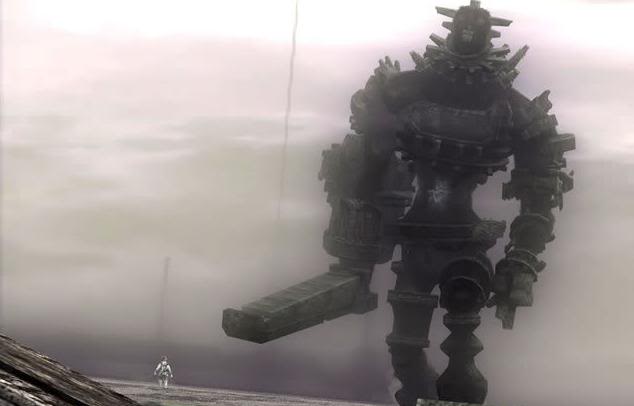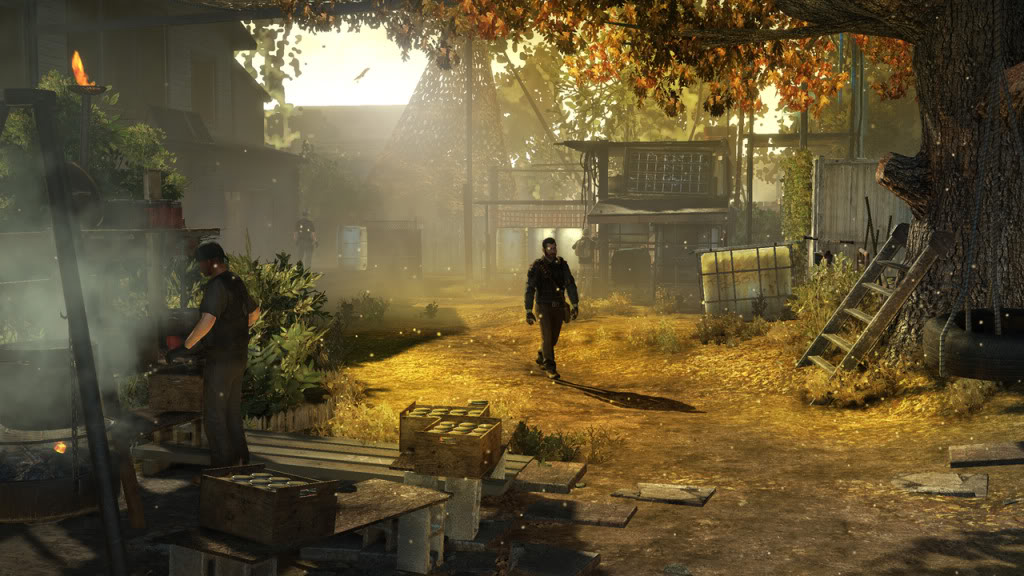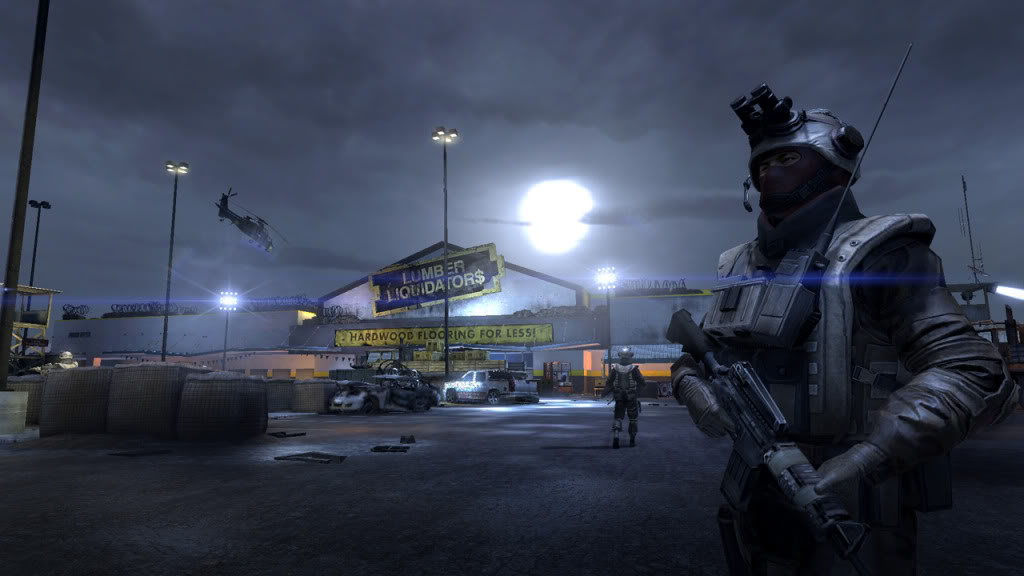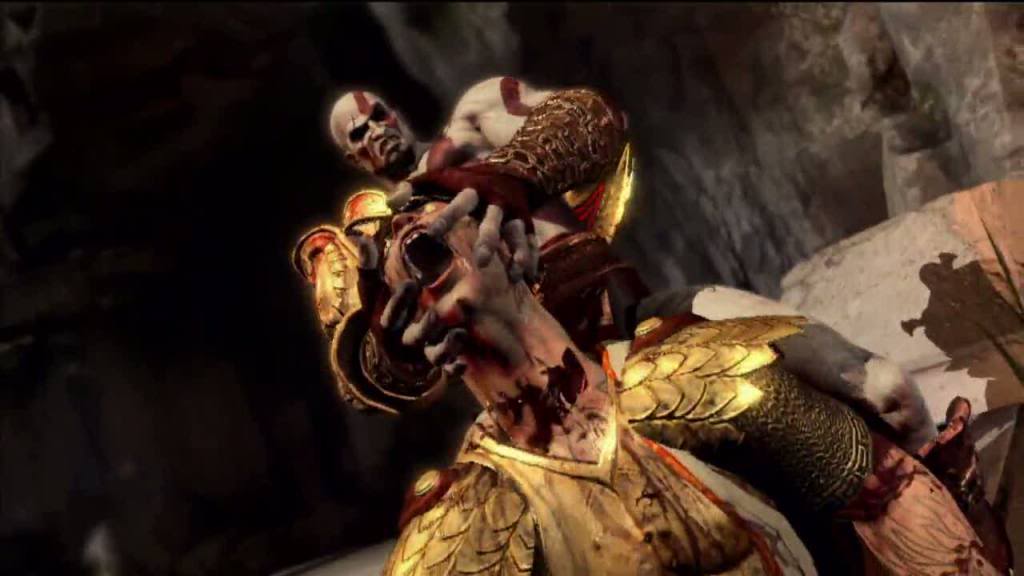This post has not been edited by the GamesBeat staff. Opinions by GamesBeat community writers do not necessarily reflect those of the staff.
We may call films movies because the term describes a series of moving pictures, but I always like to think that we also do so because they move us emotionally. The medium’s greatest minds — from Kubrick and Scorsese to Tarantino and Lynch — know how to pull our emotional strings with great effectiveness.

Video games, on the other hand, struggle. I can name few which have actually made me feel something over the course of my playthrough — Shadow of the Colossus and Valkyria Chronicles come to mind — but I can think of tens, maybe even hundreds, that left me completely untouched.
I’m optimistic, though, after seeing two games at this year’s E3: THQ’s Homefront and Thatgamecompany’s Journey. Each aims to provoke a churning of feelings within those who experience them in entirely different ways.
Homefront
Set in a fictional, near-future United States, Homefront is a story of when the familiar becomes alien. North Korea unites with the southern half of the peninsula and proceeds to militarily dominate the immediate region. After much war, they launch an electromagnetic-pulse attack on the U.S. and occupy the country.
The game tells this backstory through a series of manipulated television images, which gives the illusion that this is real. I couldn’t help but slip into the occupation fantasy and feel sadness as I watched my country fall.
Homefront, a first-person shooter, also takes a page from Half-Life and relays its narrative to the player from within the game. This was a conscious decision by single-player Lead Designer Chris Cross, whom I spoke with about the title.

He told me that Homefront will not make use of any cutscenes. Instead, the story will unfold in front of the player’s eyes to further immerse him in the occupation fantasy.
Cross also described the development team’s decision to move away from a standard military shooter by putting the player in the shoes of a civilian turned freedom fighter. He says that Homefront will be about normal, everyday people finding themselves in extraordinary circumstances.
This approach again reinforces the realism angle the development team wants to present. Cross wants players to feel as though they are scraping by — only gathering just enough scarce resources, like weapons and ammunition, to barely get through. He’s even toying with a cracked-lens sniper rifle, which he thinks would support that notion.
Your squadmates, also average Americans, aren’t trained soldiers. They will make mistakes, speak their minds, and have personalities outside of action-game archetypes. Through their dialogue, Cross hopes to inject emotion into the player.

In one sequence during the demo, your ragtag group launches a surprise white-phosphorus attack on a Korean encampment. As the chemical rains down on the enemy soldiers and they slowly burn to death, one squadmate pleads with you to “take them out of their misery” with your sniper rifle. But another yells with a mix of disgust and anguish: “Let them burn.”
Players can do whatever they want without an impact on the game, since that isn’t Cross’s focus here. In what he’s dubbed the “drama engine,” his team has designed exchanges like this one to make players think about the larger issues at play — such as the human cost of war — and hopefully stir an emotional response from within.
Through another character, Cross again hopes to raise deeply personal issues. A Korean-American will accompany players in their war-torn journey. He has a scar across his face, which racist Americans inflicted upon him during the race riots succeeding the invasion and occupation. Cross doesn’t intend to dehumanize the player’s opponents as many other excessively popular shooters do.

Onboard the team is John Milius, who has penned the screenplays for Conan the Barbarian, Apocalypse Now, and Red Dawn. Cross envisions the game unfolding much like a miniseries, with many story and character arcs of highs and lows defining the experience.
In the end, he wants to sell this fantasy to players and so completely immerse them in the game that they feel something.
Journey
Thatgamecompany is known for making games with an abstract, artistic, and accessible aesthetic. Both Flow and Flower aimed to expand the emotional palette of the medium beyond the action motif, and Journey will carry on that tradition.
Behind closed doors in room 504 at E3 sat Jenova Chen, lead designer for the project. He described his motivations for Journey, which begin with his observations about technology and personal empowerment.
Our cell phones and laptops allow us to do things and access information in ways never before possible, he tells me. Similarly, video games are almost always about player empowerment, too — a large swath of titles increase the strength and effectiveness of the player character over the course of the experience, and this progression is nearly always expressed through violence.

Thinking about this, Chen talked with an astronaut pilot who has flown three missions to the moon. He never actually set foot on the rock, since NASA sends mission specialists down while the pilot maintains the shuttle in orbit. This astronaut commented that the specialists sent down would return with a sense of spirituality that they hadn’t expressed previously.
As Chen thought about why this would be, he realized that seeing the Earth — with everything you care about on it — so far away must evoke a sense of being small and insignificant in the astronaut, thus igniting a feeling of wonder.
Journey aims to recreate that same feeling of wonder in players. The game begins in a vast desert. In the distance is a mountain of epic proportion, which is the player’s end goal. From that perspective, the mountain is truly a wondrous object in the distance.
The game’s emphasis on exploration also reinfornces that wonder. Journey encourages players to interact with their environment in however they see fit to discover new things.

In one section of the desert where the sand moves like water in an ocean, players can “catch” a wave and ride it. Such experimentation will yield other discoveries.
The desolate sand dunes stretch as far as the eye can see. Players traverse the landscape at their own pace and with their own direction, but the mountain will always sit erect as a beacon of mystery. Your smallness is readily apparent each time the geographic feature falls into view.
Although seemingly devoid of life, players will happen upon other travelers making their way to the mountain. Chen could discuss few details about this multiplayer feature, but he likened it to hiking — sometimes you’ll happen upon another hiker while heading to your own destination. You might even join up for a while. Or, you may decide you want nothing to do with this person and press on alone.
Chen hopes that Journey will re-imagine how we think about multiplayer in video games, and how we feel toward one another. Through the environment and the end goal, he hopes to elicit a feeling of small and wonder.
Mechanics are more than rule sets and a series of systems. As Homefront and Journey hope to demonstrate, gameplay can also be a vehicle for stirring the emotions of those behind the controller. I'm interested in both titles for that exact reason.
